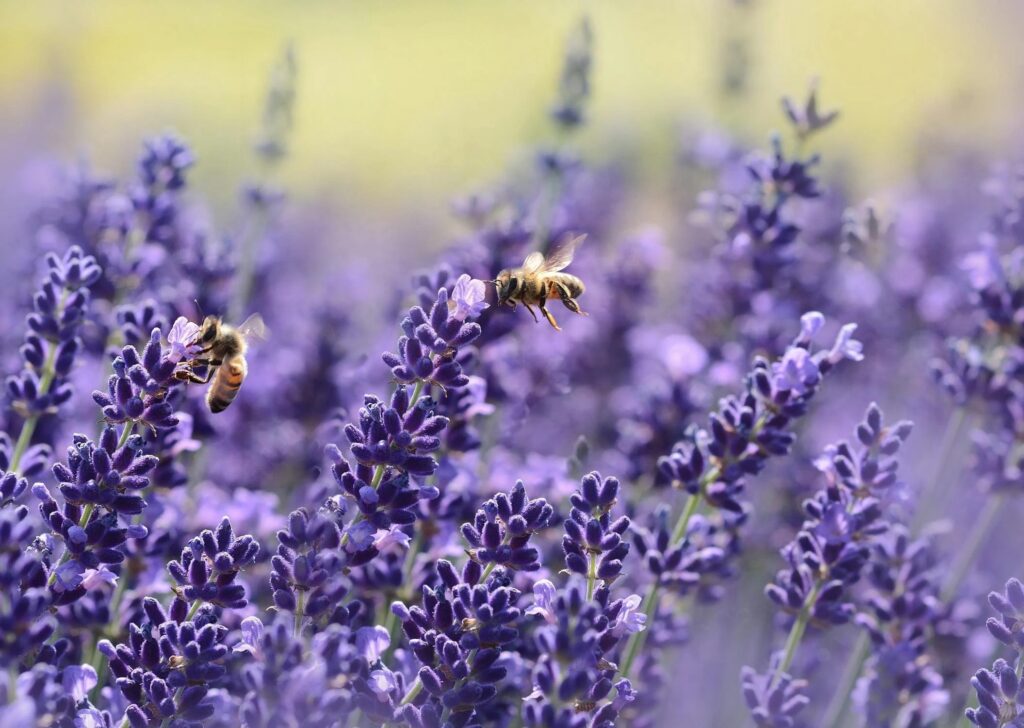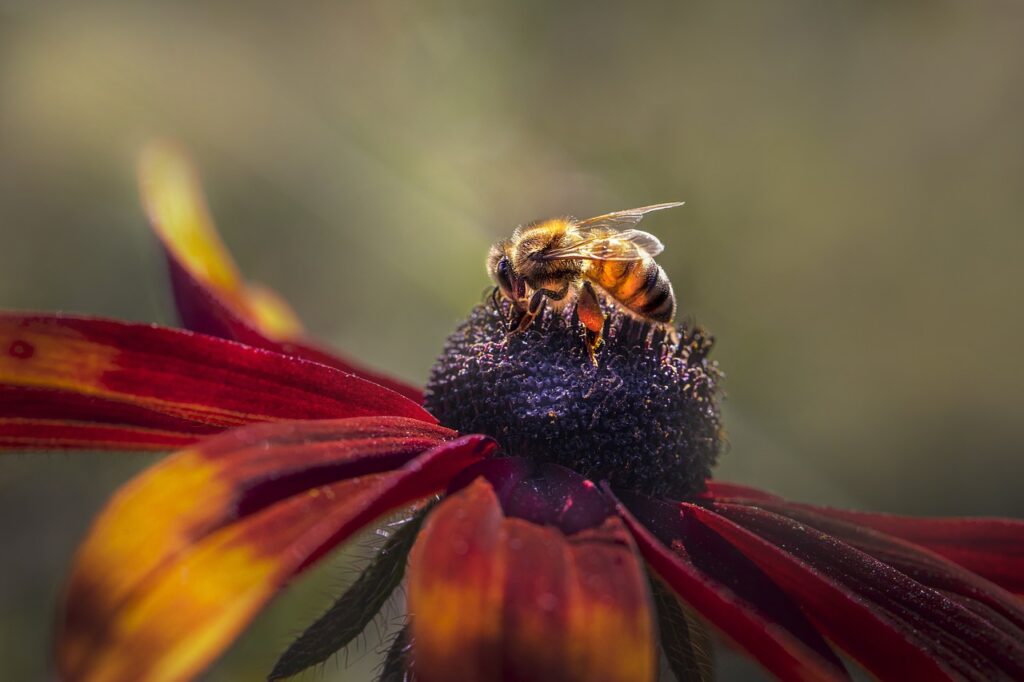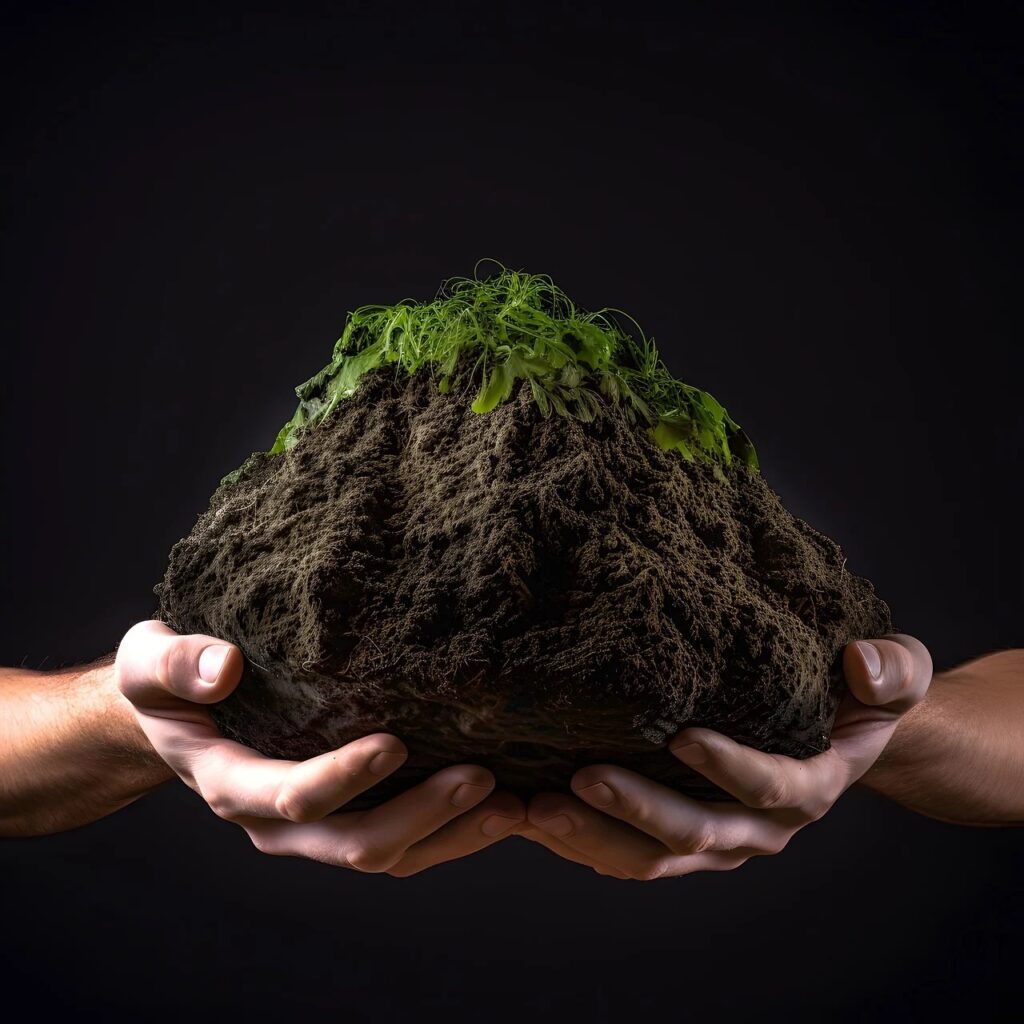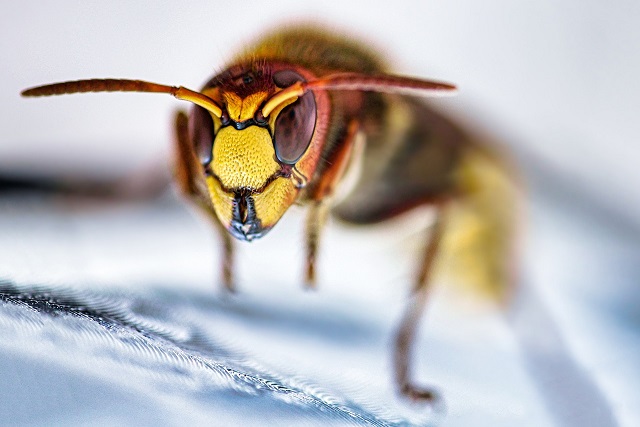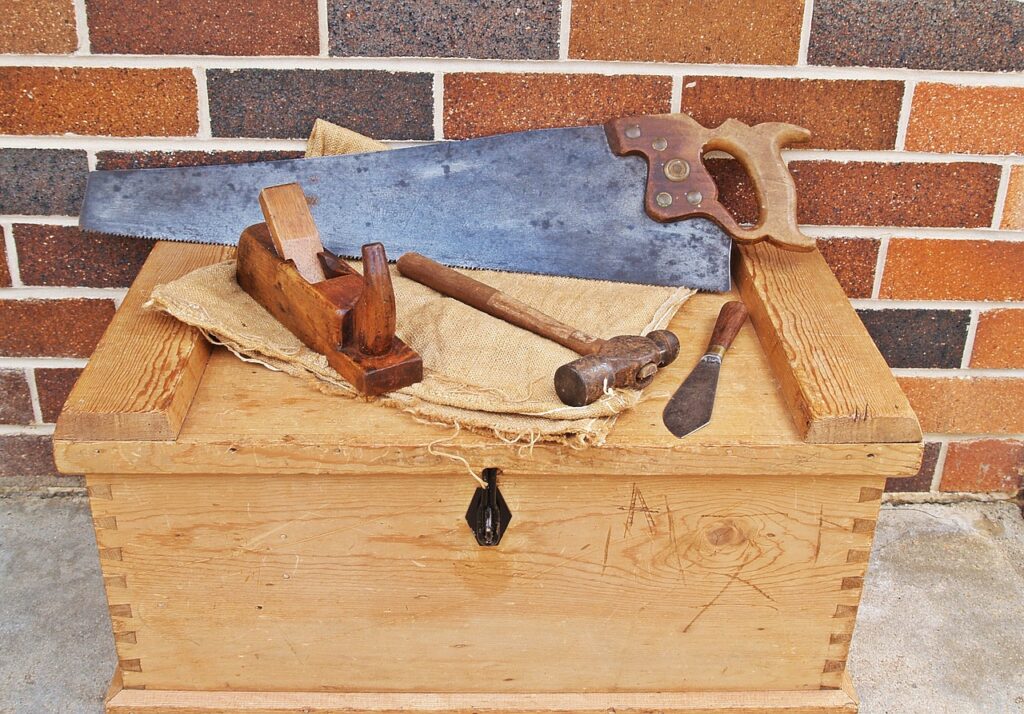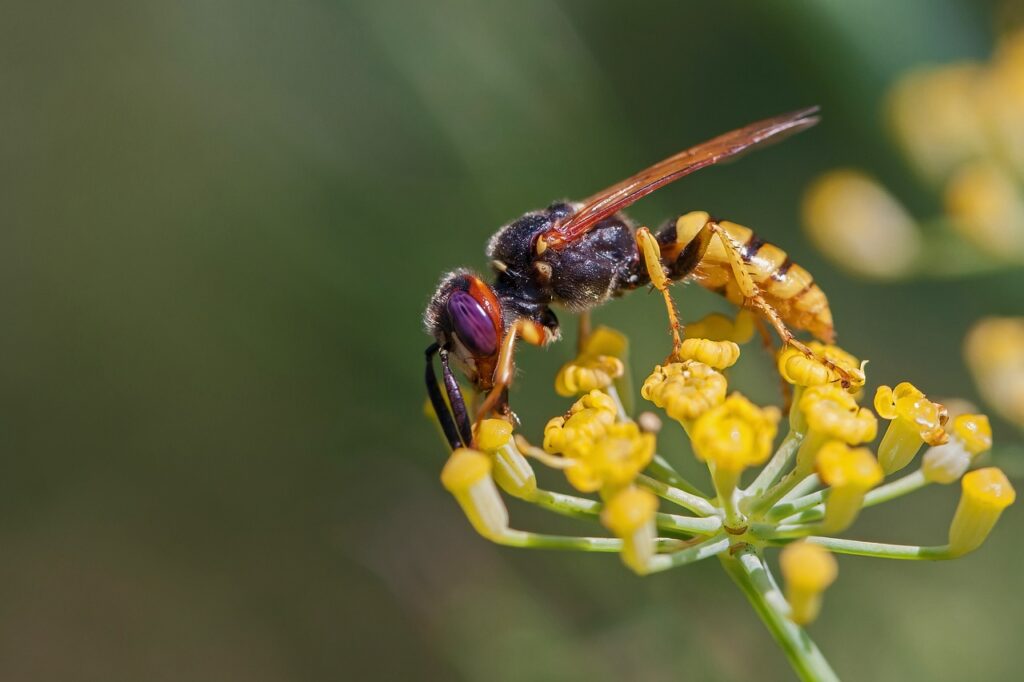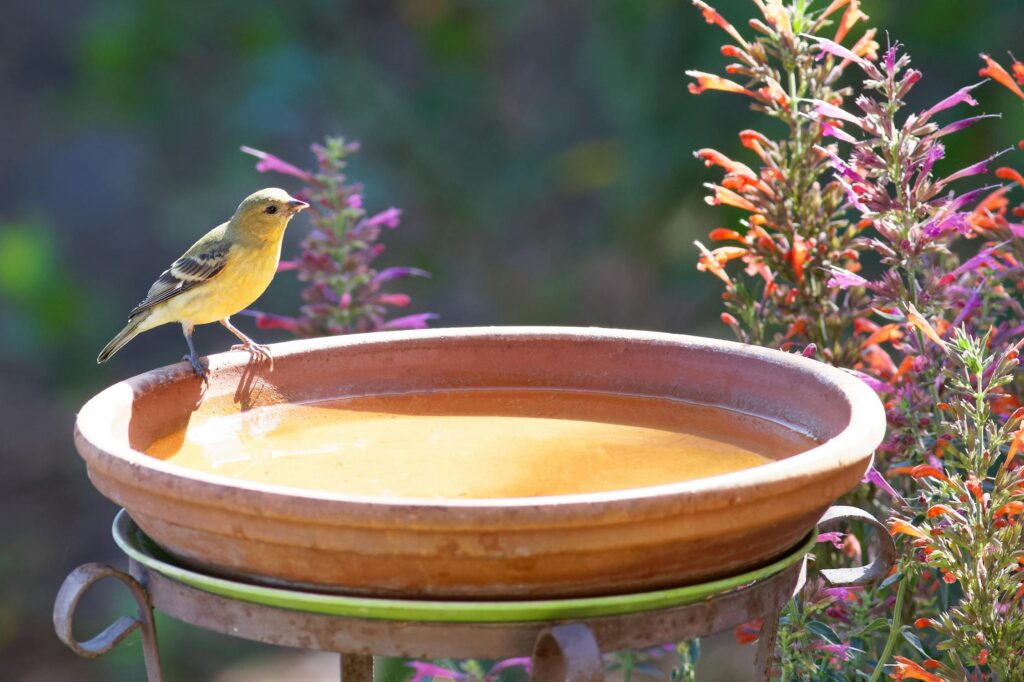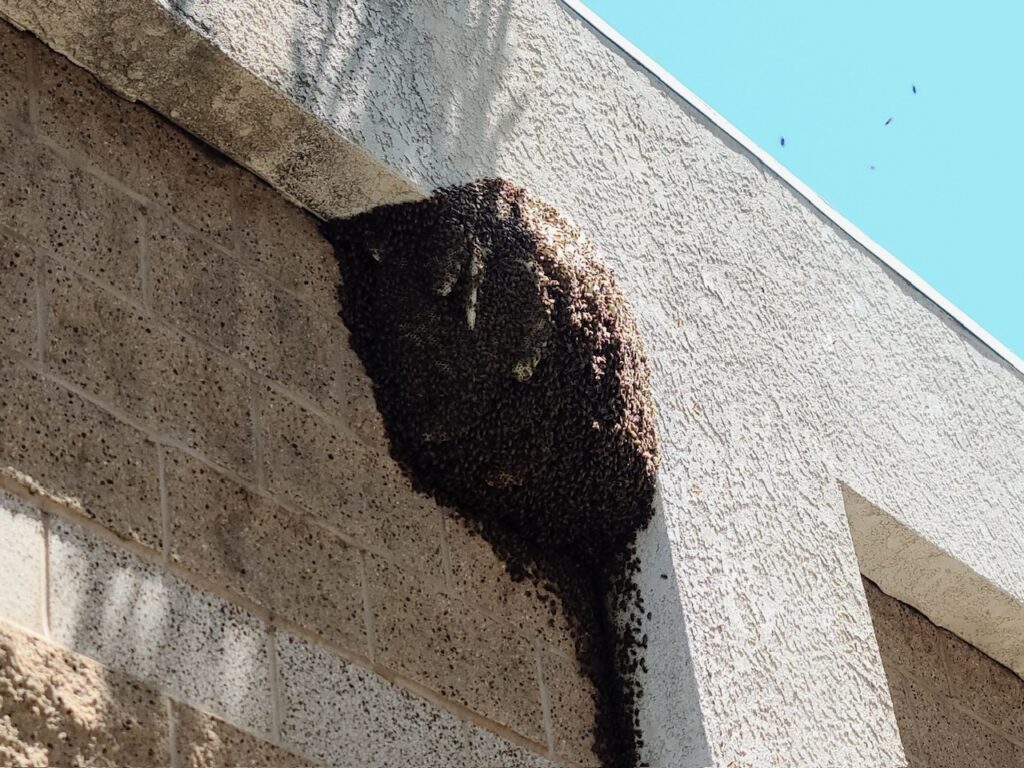Bee News
Bee rub marks



Bees are fascinating creatures, known for their incredible navigational skills, social complexity, and essential role in pollination. However, if you’ve ever maintained a beekeeping setup or encountered a wild hive, you might have noticed dark rub marks around the entrance of the hive. These marks, often overlooked, can offer significant insights and also pose challenges in hive maintenance.
Rub marks are essentially darkened areas around the entrance of a bee hive. These marks develop as a result of bees continuously brushing against the surfaces as they enter and exit the hive. Over time, the oils and dirt from their bodies, coupled with wax deposits, leave visible streaks. These marks usually become noticeable after 2 to 6 months, depending on the hive’s strength and activity. As the colony grows and becomes more active, these marks darken and expand.
Although rub marks may seem benign, they serve as indicators of hive health and activity. For a beekeeper, noticing these marks can be quite useful as it provides a visual confirmation that the hive is active and expanding. However, on the flip side, rub marks can also attract unwanted attention—specifically from other bees looking for a place to colonize.
When a hive is abandoned or removed, these rub marks can act like a beacon for other bees scouting for a new home. The scent and visual cues embedded in these marks suggest a hospitable and safe environment, making it more likely for new colonies to recolonize the area.
Due to the potential issues rub marks may cause, it is crucial to address them properly, particularly when relocating or removing a hive. Here are several steps to take:
1. Complete Hive Removal: Make sure that every part of the hive, including honeycombs, is removed completely. Any remnants can attract bees and other insects.
2. Cleaning Rub Marks: After hive removal, it’s essential to clean the area thoroughly. One effective method is to scrub the area with soapy water or a mild bleach solution. This helps to remove the residual oils and scents that attract bees.
3. Painting or Sealing: After cleaning, consider painting or sealing the area. A coat of paint or varnish can help to mask any lingering scents and provide an additional layer of protection. It also helps to cover any visual signs that might attract future scouts.
4. Ongoing Monitoring: Even after removal and cleaning, consistent monitoring of the area is advisable. Regularly checking for new bee activity can help you act promptly if a new colony tries to establish itself.
Rub marks around the entrance of a bee hive are a natural byproduct of an active colony. While they can be helpful indicators for beekeepers, they also pose challenges in preventing future recolonization. Proper hive removal, thorough cleaning, and preventive measures like painting can mitigate these risks. Understanding and addressing rub marks is a crucial part of effective beekeeping and hive management. It’s a small but important step in maintaining a healthy environment for both bees and humans alike. So, next time you spot rub marks, you’ll know exactly what to do to keep your space bee-free and avoid any unexpected buzz-worthy guests!




